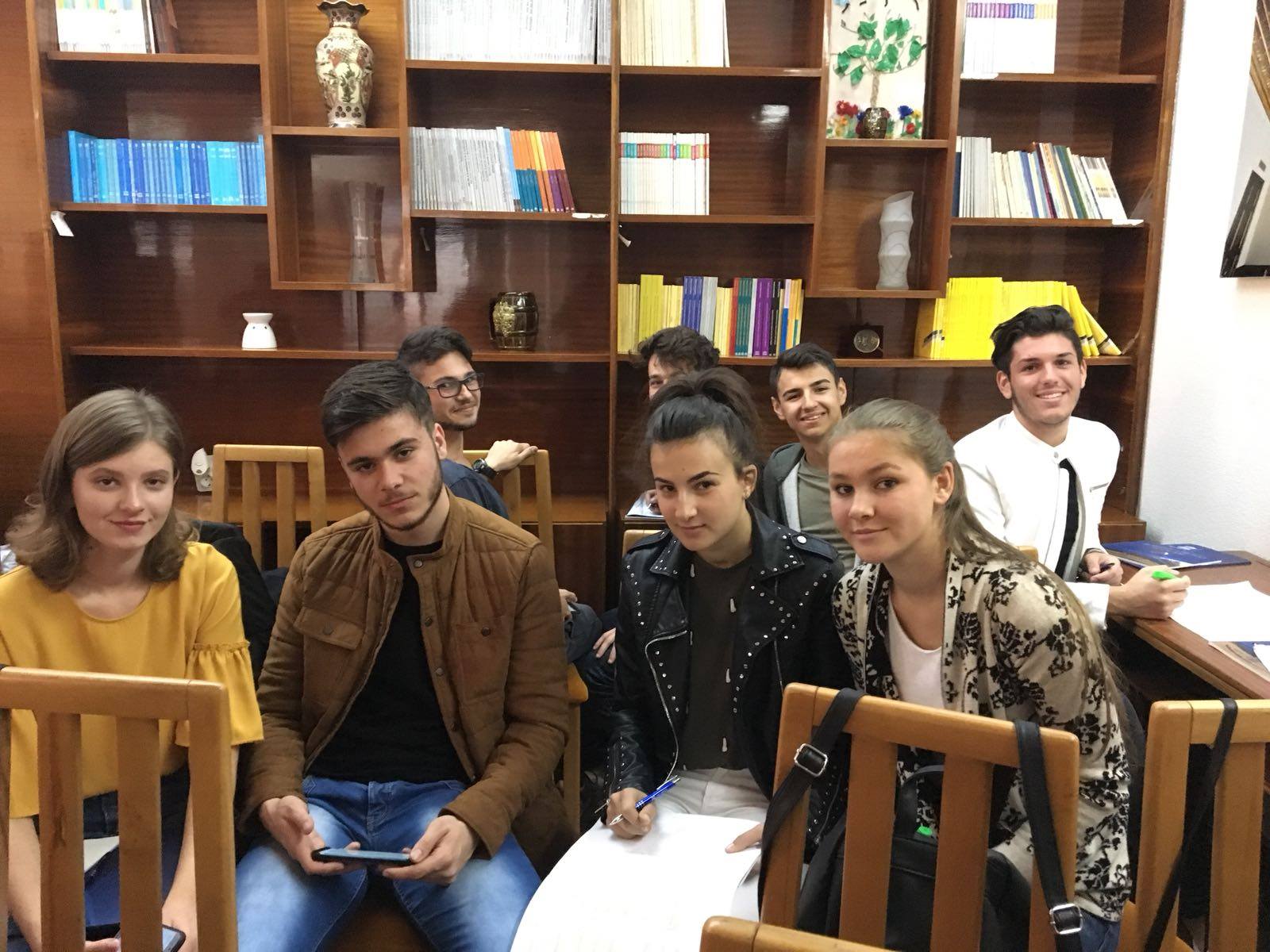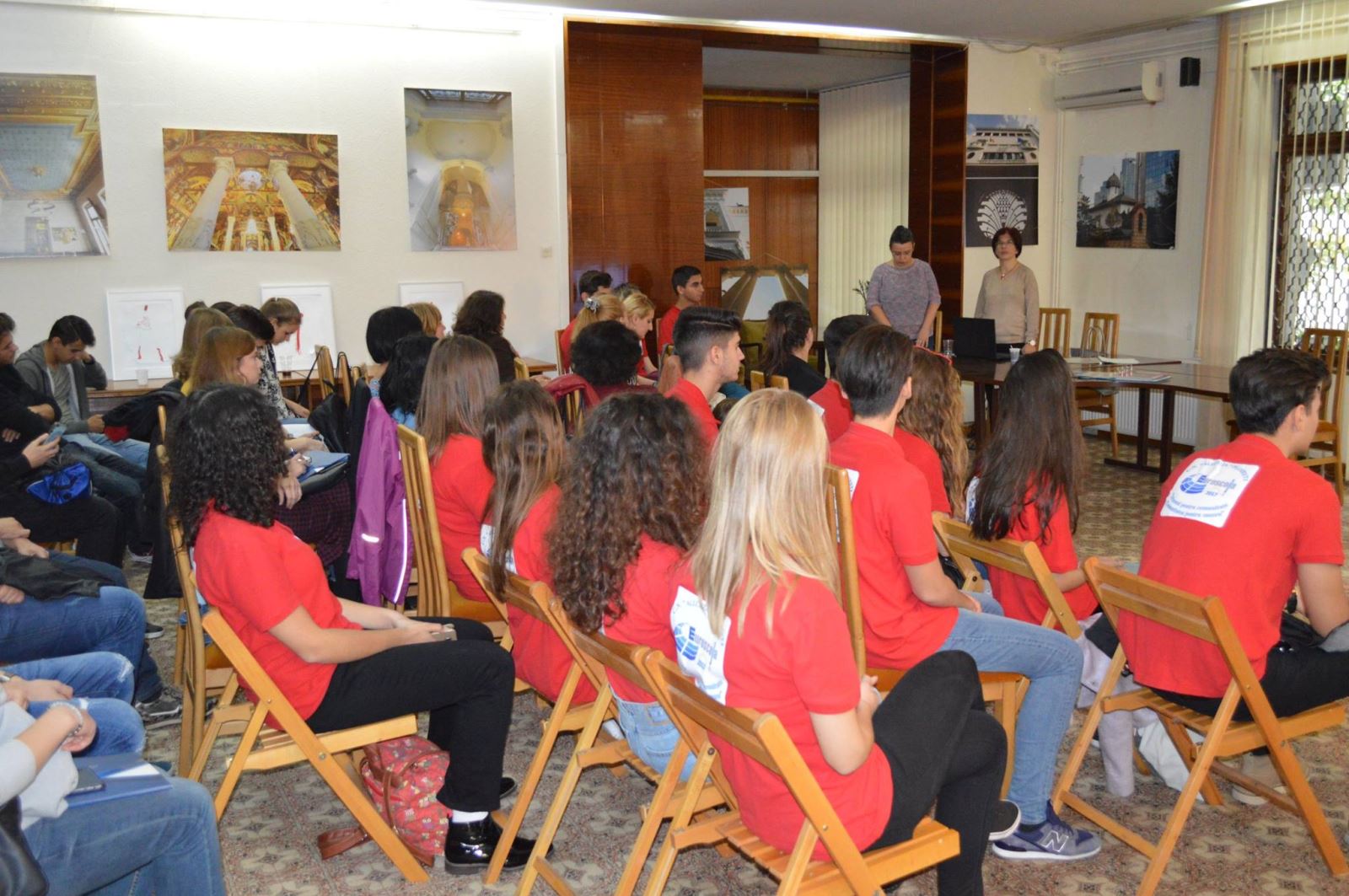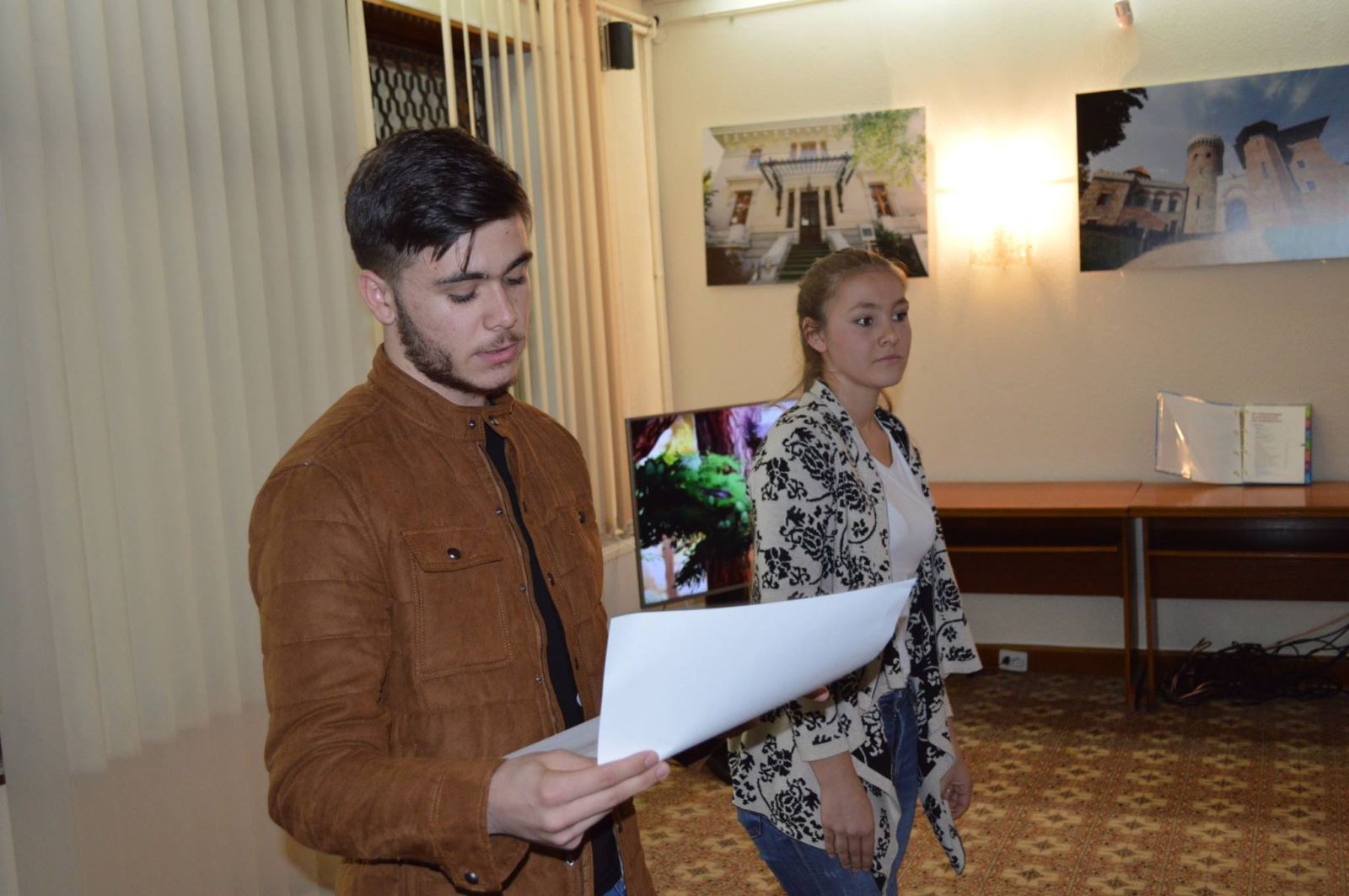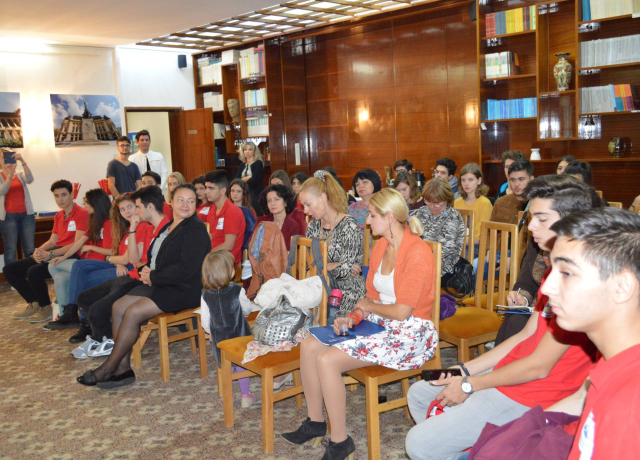World Heritage in Young Hearts – Romania Continues Heritage Education Efforts
World Heritage in Young Hearts – Romania Continues Heritage Education Efforts
Awakening the memory of the past in the hearts of the youngest is a potent way to keep it alive.
That is the key idea behind several heritage education initiatives that were launched this year in Romania. Aiming to involve the youngest in heritage preservation, these initiatives empower them to learn about their heritage and actively participate in preserving it for future.
On the occasion of this year’s European Heritage Days, a special workshop took place to evaluate the outcomes of these initiatives and set the goals for 2018. Titled World Heritage in Young Heart, the workshop gathered 20 teachers from several schools across Romania on 5 October.
Bringing Teachers and Students Together for Heritage Preservation

The workshop was an opportunity for teachers and pupils from the pre-university education to meet and discuss the future of heritage education in Romania. The objective was to create a set of resources that teachers can use in art, science or history classes.
Some of the key topics focused on the creation of an outline of an online manual and an optional high school course based on the UNESCO Teacher's Kit, as well as other resources made available by UNESCO. The workshop helped achieve the following goals:
- Strengthening the collaboration between teachers and the UNESCO-delegated institutional partners in Romania;
- Evaluating the resources provided by UNESCO and CNR-UNESCO to promote the objectives of the Convention on the Protection of the Cultural and Natural Heritage of the World 1972;
- Involvement of teachers and pupils in the practical promotion of the resources made available for the protection of the national cultural and natural heritage.

The outcomes were impressive. The group reached an agreement about several new steps to be made in order to further the efforts of promoting heritage on a pre-university level and beyond. The steps include the following:
- Creation of a National Museum in Romania. The museum will gather, expose, and preserve a representative collection of carpets made by craftsmen using traditional techniques. It will have the ability to document and protect the most valuable pieces, as well as to provide an informational circuit for the public. Also, the institution will be able to organize promotional events and ensure the correct visibility of the exhibited pieces.
- Establishing coherent and unitary national legislation outlining the measures necessary to protect and promote not only this folk carpet tradition, but also other UNESCO-listed Romanian objects. Such a unitary and coordinated legislation will provide framework for taking legal action, as well as for technical, administrative and financial clearness.
- Establishment of a program at national level for the elaboration of scientific, technical and artistic studies, as well as a research methodology for this new object registered as UNESCO heritage.
- Education and training programs developed by a dedicated institute and specialists in the field. The information must be found in the hands of specialists who can conceive within a well-defined institution the various education, information and training programs.

The workshop was organised by CNR-UNESCO, Education subcommittee and the national online platform Education for Heritage / Patrimoniul Educativ. Their collaborative effort empowers a new era in Romania’s heritage education and promises a lot of exciting new projects yet to come.
News source: http://cnr-unesco.ro/ziua-mondiala-a-cadrelor-didactice-la-cnr-unesco-world-teachers-day-at-ncr-unesco/
